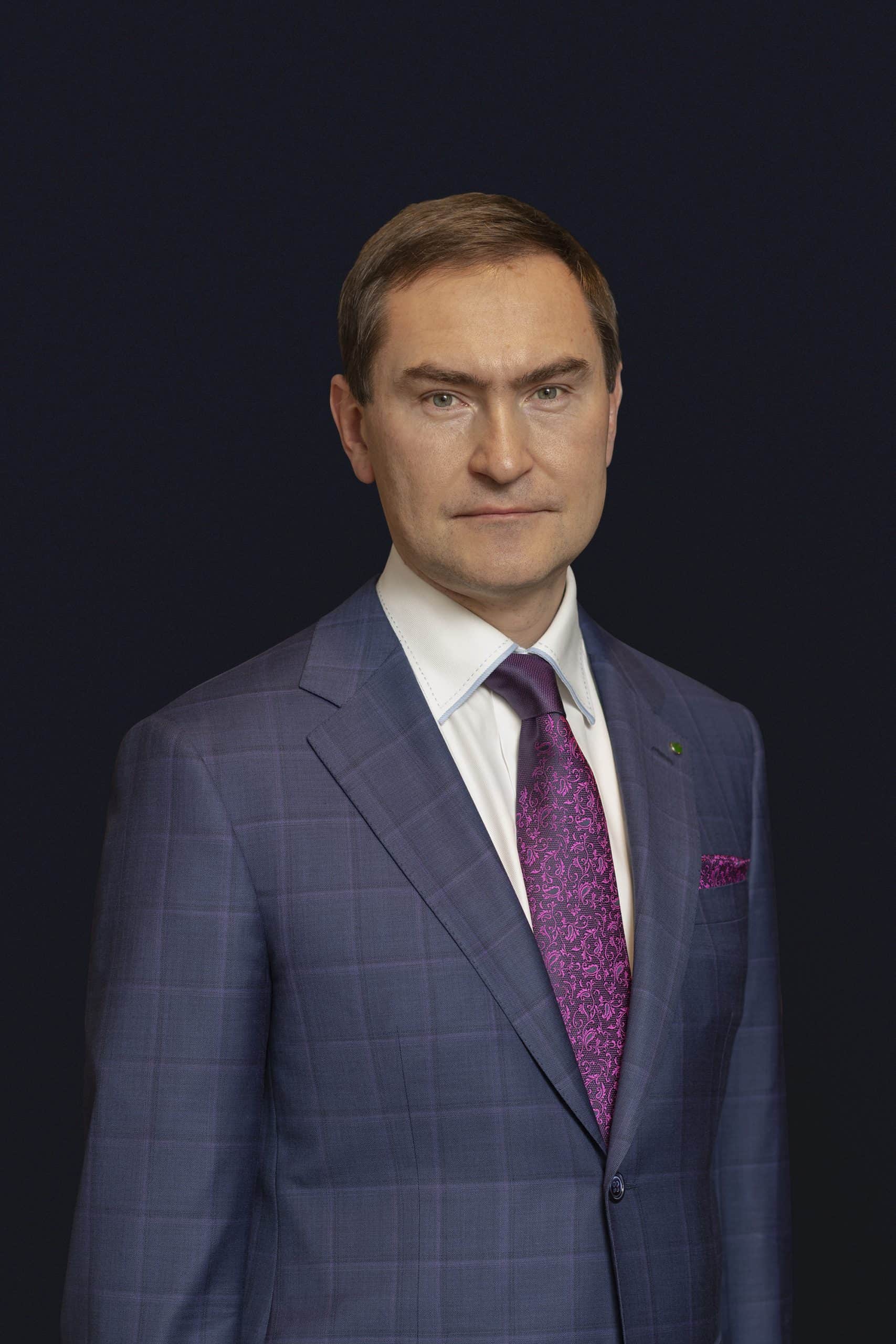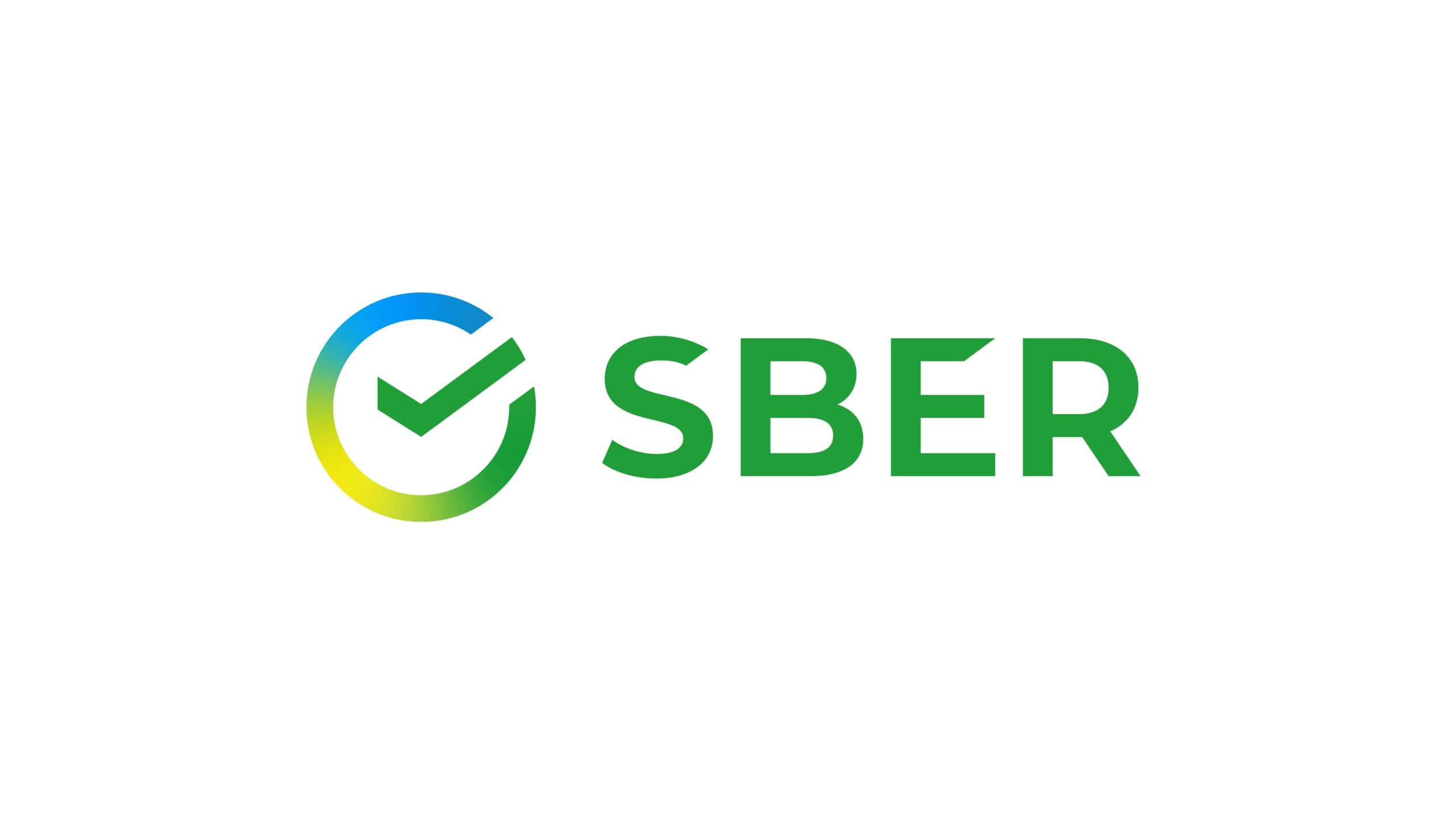Trailblazing new processes and technologies to spur innovation, Russia’s Sber has evolved to become “more than a bank,” meeting customers’ financial and non-financial needs, says Alexander Vedyakhin, First Deputy Chairman of Sber’s Executive Board.
Disruptive forces are increasingly defining Russia’s banking landscape. Amid the ever-quickening pace of digitalisation, business models are changing – along with customer expectations.
Initiatives by domestic institutions to create their own ecosystems have focused on identifying synergies and new niches, developing products to cross-sell, introducing subscription services and combining interconnected services into complementary bundles.
At Sber, however, these processes have been integral to its operations for years. “We have gone beyond digital with our own products and processes,” explained Vedyakhin. “Sber has become a technology partner for our clients across all segments – from the self-employed and micro businesses to the largest organisations and the government.”
Creating new customer journeys
Sber – which rebranded from Sberbank in September 2020 – has embraced such developments. “We harness the full power of our digital ecosystem, offering clients end-to-end scenarios that increase their business efficiency,” said Vedyakhin.
“We are nearing our ‘traditional’ goal to provide 100% of financial services to the public digitally,” said Vedyakhin. “For example, customers can now sign up for an investment product or insurance programme online, and it is no more difficult than opening an account or transferring money to someone’s card.”
For Sber, its next level will be acting as a platform, following the Bank-as-a-Service (BaaS) approach, and making its resources available to external users through application programming interfaces (for instance, SberBusiness API).
Being a trendsetter is second nature for Sber: among its many milestones, Sber was one of Russia’s first financial institutions to build a client-centric ecosystem based on its clients’ needs, not its own products.

Beyond banking
Sber takes a multi-step approach to explore entering a new service industry. “First, we identify the highest-frequency services with the most regular client contact and our second step is pursuing those in which we can potentially become a top-three player,” explained Vedyakhin. “Next, we select the services that have synergies with our traditional offerings and then we target industries with the greatest potential for growth. Finally, we focus on where we have the most opportunities and competencies to help our clients.”
Its many non-financial business lines reflect the success of Sber’s approach. These include food and meal delivery via SberMarket, Delivery Club and Samokat, video streaming via Okko, corporate taxi through Citymobil, Citydrive carsharing and SberLogistics package delivery.
Similar objectives exist in its corporate banking. More than 30 non-financial online services for entrepreneurs help users to engrow their business, develop client relations, automate routine processes and take them online. Services are delightfully integrated into SberBusiness, both web and mobile banking apps.
“The logic behind offering such diverse services is clear: we are using our potential to scale-up in markets such as healthcare, education, food, entertainment, transport, housing, public utilities and e-commerce,” said Vedyakhin.
Being digital first
Sber’s first step in creating its expansive ecosystem was becoming a tech company.
“By embedding artificial intelligence into all our processes, we provide customers with an intuitive service with pre-filled fields,” explained Vedyakhin. “AI systems help us minimise a wide range of risks, especially in credit, so our outstanding debt for all types of lending is significantly lower than the industry average, despite our immense loan portfolio.”
For customers, being connected to suppliers directly can lower prices and increase satisfaction, without sacrificing service quality. In the Sber ecosystem, a single Sber ID within retail, or a SberBusiness ID for corporates, means clients can login to various services seamlessly.
Next on the digital agenda is development of virtual, or voice, assistants, to offer a new customer experience both in consumer and corporate banks. In addition, Sber will build on the landmark 2020 rollout of its own line of smart devices – the SberPortal screen, smart speaker and SberBox multimedia set-top box – and this year’s launch of Sber’s smart light bulbs and sockets.
Sber’s future-focused culture is supported by specialists in its own laboratories testing AI, blockchain, VR/AR technology, robotics, cybersecurity, process robotisation, gamification and neuroscience. “Our in-house tech capabilities are a competitive advantage paving the way for market-leading innovation,” explained Vedyakhin.
Advantages of diversification
Sber’s tech evolution doesn’t diminish its financial services strength. “Sberbank remains the core of our ecosystem as a key profit generator and source for new investments,” said Vedyakhin. “However, we expect revenue from Sber’s non-financial services to reach 30% of the group’s total revenue by 2030.”
The pandemic highlighted the importance Sber’s diversification strategy, as demand for digital products and services accelerated. In 2020, although core banking revenue felt the impact of COVID-19 in 2020, Sber delivered RUB760.3bn ($10.6bn) in net profit last year, driven by skyrocketing customer demand for key segments of its ecosystem during lockdown. As a result, Sber ranked #1 most profitable bank in Europe and 10th globally in 2020.
“In today’s volatile, uncertain, complex world, companies capable of adapting have the advantage,” said Vedyakhin. “We invested immense effort in learning to evolve as quickly as possible.”
New markets & new revenues
Creating this kind of agility enabled Sber to bring products to market seven times faster than before. It now takes weeks, days or even hours for simple modifications – compared to months or years, previously.
Sber is setting new performance targets, including a ten-fold revenue increase in fields like e-commerce, healthcare and education, a five-fold increase in cloud technology and a two-fold increase in entertainment and cybersecurity.
In banking, Sber is prioritizing future growth in non-cash turnover for individuals, its mortgage market portfolio, its volume of assets under management, and transaction turnover for legal entities.
Ultimately, in a world where bank margins are on a downward trajectory, speed, efficiency and diversity have become crucial to retaining market leadership. Through innovation and diversification, Sber has evolved to be more than a bank, reaching an expanding customer base with an ecosystem that meets a wide range of high-frequency personal and business needs.
Sponsored by:
